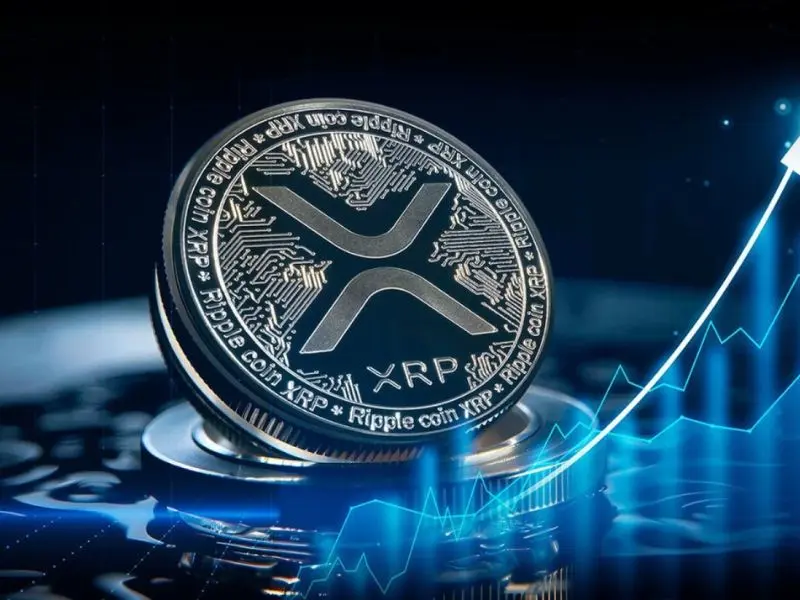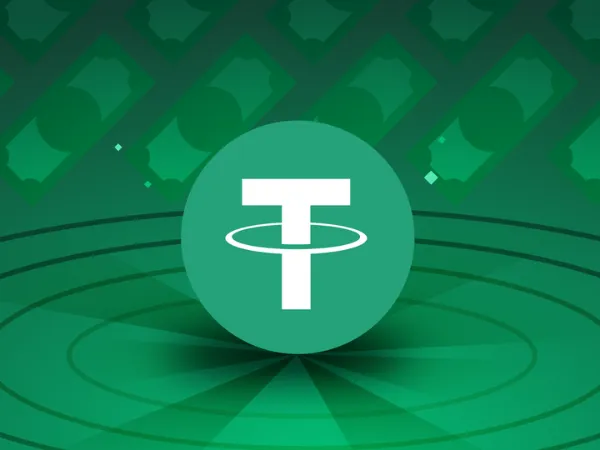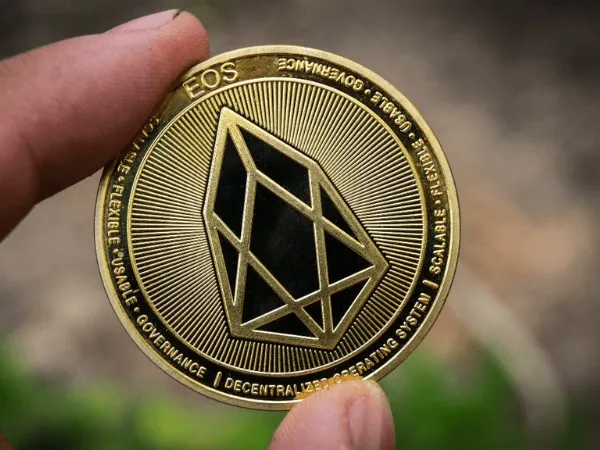Besides the top-ranked coins with the highest trading volume listed on CoinmarketCap such as Bitcoin (BTC), Ethereum (ETH), or Tether (USDT), Verge (XVG) is a coin that many investors are currently interested in. Let’s explore Verge through the following article:
What is Verge (XVG)?
Verge (XVG) is a cryptocurrency belonging to the Verge Blockchain, created in 2014 under the name DogeCoinDark. The name was changed to Verge in 2016.
Verge aims to become a widely used cryptocurrency with large trading volume globally.
About Verge
Symbol: XVG
Type: Digital currency, mineable
Average transaction time: 100 TPS – 2000 TPS
Block Time: 30 seconds
Algorithm: Blake2s, scrypt, X17, Lyra2rev2, myr-groestl.
Blockchain: Verge
Total supply: 16,555,000,000 XVG
Circulating supply: 15,889,478,578 XVG.
Current value of Verge (XVG)
As of the time of writing this article on April 8, 2020, the Verge (XVG) has the following value:
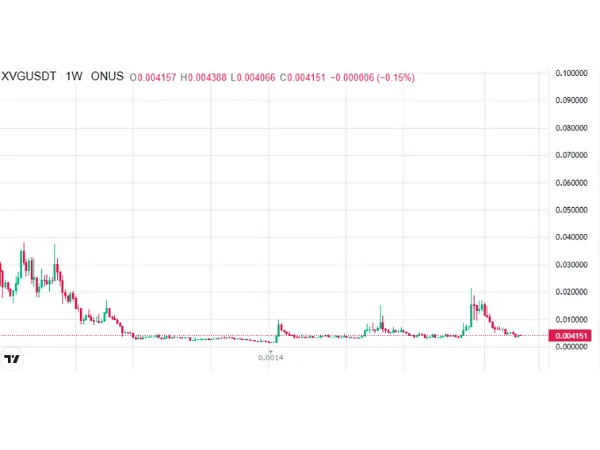
Outstanding features of Verge
Privacy
Verge emphasizes transaction privacy by utilizing anonymous networks TOR, I2P. When transacting with Verge, the investor’s IP address will be completely hidden.
Limitations and fraud prevention
The immutability and irreversibility on the XVG Blockchain help eliminate forms of fraud; once a transaction is sent, it cannot be withdrawn or canceled.
Fast transaction speed
The transaction speed on the Verge network is very fast, only taking 5-10 seconds depending on the network and is independent of third parties. Therefore, within seconds, the required XVG will be in the recipient’s wallet.
Large user base
Verge is increasingly supported by a broad user community. The Verge user network is also expanding through the deployment of XVG as a payment method.
Large issuance of XVG
16.5 billion XVG is the total amount of Verge issued.
Encouraging businesses to use XVG as a Coinpayment
This indicates that the Verge team is always ready to expand and develop the network usage.
Purpose of Verge (XVG)
The Verge development team aims to develop XVG into a daily-use currency. Currently, up to 124 units/organizations accept XVG for payments.

Transaction fees for Verge
The transaction fee for transferring XVG on the Verge Blockchain network is 0.1 XVG.
Additionally, users need to pay transaction fees when trading on exchanges. For example, on Binance, users pay:
- Withdrawal Fee: 0.1 XVG.
- Deposit Fee: Free
- Trading Fee: 0.1% for Taker, 0.1% for Maker.
How to earn Verge (XVG)
To earn Verge (XVG), you can choose from the following methods:
- Buy Verge (XVG) directly on trading platforms like Binance, Bittrex, Upbit,…
- Receive XVG tips from others.
- Mine XVG
How to mine Verge
Currently, Verge employs a PoW (Proof of Work) consensus mechanism.
You can mine Verge using mining hardware such as AMD, Nvidia.
Which Verge wallet is best?
Verge offers the following XVG storage options:
- Tor QT Wallet
- Tor Electrum Wallet
Alternatively, you can store Verge directly on the wallets of exchanges if you frequently buy/sell and use Verge.
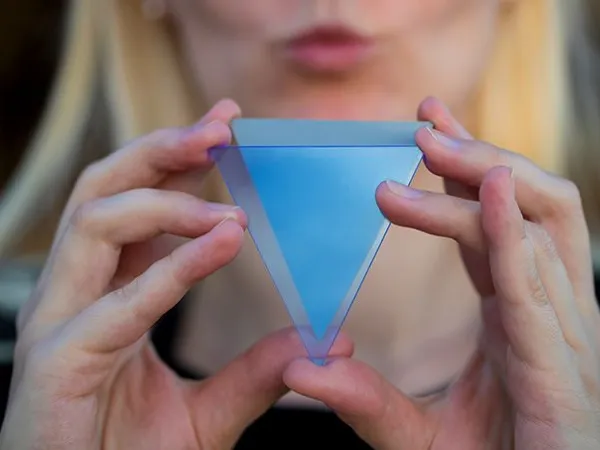
Where to buy Verge (XVG)?
You can buy Verge on about 20 major and minor exchanges supporting Verge trading, such as Binance, Bittrex, Huobi Global, etc.
Trade volume of Verge XVG by trading pairs:
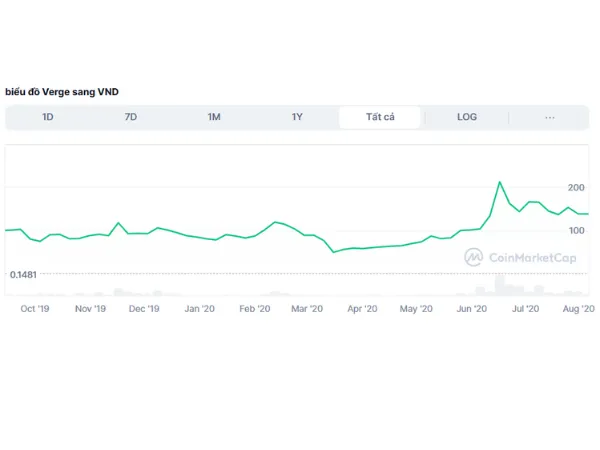
The future of Verge
Verge’s development team has ambitious goals to expand blockchain trading networks to everyone. They always aim to find suitable solutions for individuals/companies needing to receive and send money.
Should you invest in Verge (XVG) in 2020?
Like other coins in the Payment group, XVG aims to become a widely used digital currency worldwide. However, Bitcoin still holds the top position. Any coin, token, or investment channel carries certain risks besides the potential for high returns for investors. Therefore, whether to invest in Verge depends on your own considerations. This article only provides useful information to help you evaluate and make your own decision.
Conclusion
Hopefully, this Verge (XVG) article will help you understand more useful information. Wishing you success with Verge!


